Sheshnag Lake : A Jewel in the Heart of the Himalayas
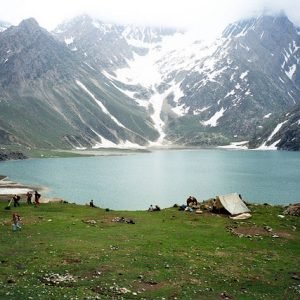
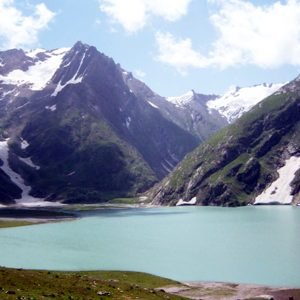
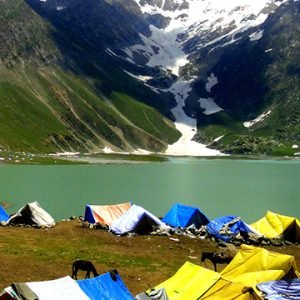
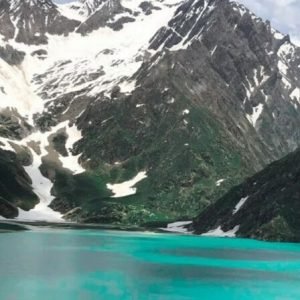
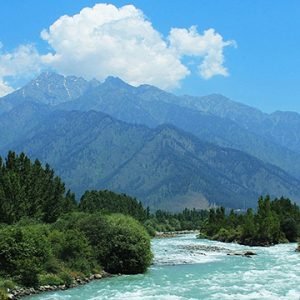
Table of Contents
Toggle1. Introduction
Sheshnag Lake is nestled in the wilderness of Jammu and Kashmir, and this tourist destination has a feral attraction that beckons and seduces every kind of voyager with its serenity and cultural importance. This alpine lake, lying at an elevation of around 3,657 meters above sea level, is part of one of the most religious as well as onerous treks in India, the Amarnath Yatra. This guide takes one through all that is about Sheshnag Lake: from its geographical significance down to travel tips, local legends, and more.
2. Geographical Overview
Sheshnag Lake is part of Anantnag district in the Indian state of Jammu and Kashmir. It lies en-route to Amarnath Cave Temple, a popular pilgrimage site in honor of Lord Shiva, among Hindus. The lake lies in the beautiful, uneven Himalayas, surrounded by snow-capped peaks and lush meadows.
3. How to Reach
It can be reached by a trek from Pahalgam, a well-known hill station in Kashmir. Sheshnag Lake comes on the way to Amarnath Yatra, which normally is staged for 12-15 days consists of approximately 45 k.m in length. The routes from Pahalgam to Sheshnag Lake include exhausting trekking through a series of high-altitude scenery and landscapes.
4. Sheshnag Lake Trek
a. Route and Topography
Sheshnag Lake trek begins from Pahalgam, an attractive town lying at a distance of about 95-kilometres away from Srinagar. The initial parts of the trek are laid with the green meadows of Pahalgam, which further ascend through dense forests and take rocky pathways. Further on, the trail passes through various important landmarks, including:
i. Chandanwari: It is the starting point of the trek at a distance of 95 km from Srinagar, lies at an altitude of 2,895 meters or 9,500 feet above sea level. Chandanwari is one of the popular base camps for the Amarnath Yatra.
ii. Pissu Top: A stiff climb to Pissu Top that will lead to an unforgettable panoramic view of the surrounding mountains.
iii. Wavbal: An extremely superb meadow falling en route, presenting a picture-postcard environment for rest and acclimatization.
iv. Sheshnag: The last part of the trek ends at Sheshnag Lake, enveloped in rugged mountains and tranquil landscapes.
b. Tips on Trekking
i. Acclimatization: Since the altitude is high, acclimatization is the key to avoid altitude sickness. Take one or two days to get acclimatized in Pahalgam before starting the trek.
ii. Physical Fitness: This trekking is a bit demanding, so prior physical fitness is required. Prepare your body and increase its endurance with normal exercises before the trek.
iii. Permits: If you are joining the Amarnath Yatra, make sure that you have the necessary permits and enrolled as joining the pilgrimage.
iv. Trekking Equipment: Bring along proper trekking gear along with solid boots to walk in the hills, warm clothing, rain gear, and first-aid kit. The weather might be pretty unpredictable; thus, make sure to be well prepared for the sudden climatic change.
5. Attractions and Highlights
a. Sheshnag Lake
The lake itself is a visual wonder with its clear blue waters surrounded by snow-capped peaks and lush green meadows. The name of the lake is believed to be derived from Sheshnag, the serpent deity in Hindu mythology, who is believed to have lived here. Its tranquil waters beautifully reflect the surrounding mountains and create an enchanting visual experience in your eyes.
b. Natural Beauty
i. Lush Landscapes: Sheshnag Lake Trek has everything that one would hope to see in a high-altitude Himalayan trek-from emerald-green meadows to rugged, snow-capped mountains. This is nirvana for photographers.
ii. Wildlife: The region has a number of wildlife-one may spot Himalayan Monal, ibex, and snow leopards. Although very rare to spot, keep your eyes open for these noble creatures.
c. Cultural Significance
The Sheshnag Lake holds immense religious significance for the Hindus. This is believed to form a part of the holy Amarnath Yatra that is totally meant for Lord Shiva. According to Hindu Mythology, it is believed that Sheshnag, who guards the sacred Amarnath Cave Temple, dwells in this lake.
d. Local Legends and Folklore
The lake is steeped in local legends and folklore. According to a local popular legend, Sheshnag, the serpent deity used to reside in the lake, which protected the sacred Amarnath Cave Temple. As a part of the Amarnath Yatra, pilgrims visit the lake to pray and offer rituals with a view to seeking the blessings of Sheshnag in order to undertake a safe journey.
6. Travel Tips
a. Best Time to Visit
The ideal time to visit Sheshnag Lake is during the summer months of June to August when the weather is relatively mild and the trekking conditions are favorable. The winter months bring heavy snowfall, making the trek challenging and sometimes impassable.
b. Accommodation
The accommodations around Sheshnag Lake are very limited. During the Amarnath Yatra, temporary tents and scanty facilities are erected to accommodate pilgrims. If you want to have a more comfortable stay, it is better to make prior arrangements and book a hotel at Pahalgam or nearby towns.
c. Food and Supplies
There is a scarcity of food and water in the high-altitude regions surrounding Sheshnag Lake. All essential supplies of snacks containing high energy content, along with purified water, should be packed for the trek. Some spots for eating are provided temporarily in the way but they do not provide a good variety.
7. Safety and Health
a. Health Precautions: Because of the high altitude, it is deemed important not to be dehydrated and not to get overexertion. Always bring medicine against altitude sickness, and consult with a doctor in advance before the trek.
b. Safety: Follow all safety directives and heed the advice of local guides. Sudden changes can occur in the weather and shift into adverse conditions.
8. Environmental Responsibility
a. Leave No Trace: The essence of not leaving behind any mark or trace of your existence is hard to find when it is, in fact much easier to dispose of the waste properly or not disturb the wildlife in the first place.
b. Cultural Respect: Be observant of customs and traditions in that region of the world. The region is culturally sensitive, and respect has to be paid to the people living there and the ways of their being.
9. Conclusion
Sheshnag Lake is an alluring destination, combining natural beauty with spiritual significance and adventure. Whether one makes a pilgrimage as a devotee or scales the Himalayas as an adventurer, the scenic landscapes and cultural heritage that the lake offers make it an unforgettable experience. If prepared well and with regard for the environment, Sheshnag Lake will most definitely be one of those lifetime memories of your journey through some of nature’s most charismatic nooks.
How to book a trip to Sheshnag Lake, India with Charzan Holidays?
For a seamless and exceptional booking experience, contact Charzan Holidays at reservations@charzan.in or call us at +919622224473
Frequently Asked Questions
1. What is Sheshnag Lake? | |
| Sheshnag Lake is a stunning alpine lake located in the Indian state of Jammu and Kashmir, situated at an altitude of approximately 3,650 meters (11,975 feet) in the Pir Panjal range. | |
2. How do I reach Sheshnag Lake? | |
| Sheshnag Lake can be accessed via a trek from Pahalgam, which is about 26 kilometers away. The most common route is through the Amarnath Yatra pilgrimage trek. | |
3. What is the significance of Sheshnag Lake? | |
| The lake holds religious significance for Hindus, as it is associated with the Amarnath pilgrimage and is believed to be named after the mythical serpent Sheshnag. | |
4. What is the best time to visit Sheshnag Lake? | |
| The best time to visit is between June and September, when the weather is pleasant, and the lake is accessible, free from snow. | |
5. Is camping allowed near Sheshnag Lake? | |
| Yes, camping is allowed in designated areas near the lake, making it a popular spot for trekkers and nature enthusiasts. | |
6. What should I pack for a trip to Sheshnag Lake? | |
| Essential items include warm clothing, trekking shoes, a first-aid kit, water, snacks, camping gear, and a camera for capturing the scenic beauty. | |
7. Are there any accommodations near Sheshnag Lake? | |
| While there are no formal accommodations directly at the lake, trekkers can find campsites or stay in nearby locations like Pahalgam. | |
8. What wildlife can be found around Sheshnag Lake? | |
| The area is home to diverse wildlife, including various bird species, Himalayan black bears, and other alpine fauna. | |
9. Can I go fishing in Sheshnag Lake? | |
| Fishing is generally not permitted in Sheshnag Lake due to its religious significance and conservation efforts. | |
10. What activities can I do at Sheshnag Lake? | |
| Visitors can enjoy trekking, photography, bird watching, and exploring the scenic landscapes surrounding the lake. | |
11. Is it safe to trek to Sheshnag Lake? | |
| Trekking to Sheshnag Lake is generally safe, but it’s advisable to be physically prepared, check weather conditions, and consider hiring a local guide. | |
12. What is the elevation of Sheshnag Lake? | |
| Sheshnag Lake is situated at an elevation of approximately 3,650 meters (11,975 feet) above sea level. | |
13. Is there mobile network coverage at Sheshnag Lake? | |
| Mobile network coverage can be limited in the area, so it’s advisable to inform someone about your plans and carry necessary supplies. | |
14. What are the main challenges when trekking to Sheshnag Lake? | |
| Challenges include high altitude, fluctuating weather conditions, and the physical demands of trekking. Proper acclimatization is essential. | |
15. Are there any environmental concerns to consider while visiting? | |
| Yes, visitors should follow eco-friendly practices, such as carrying out all trash, avoiding disturbances to wildlife, and respecting local regulations to preserve the natural environment. |


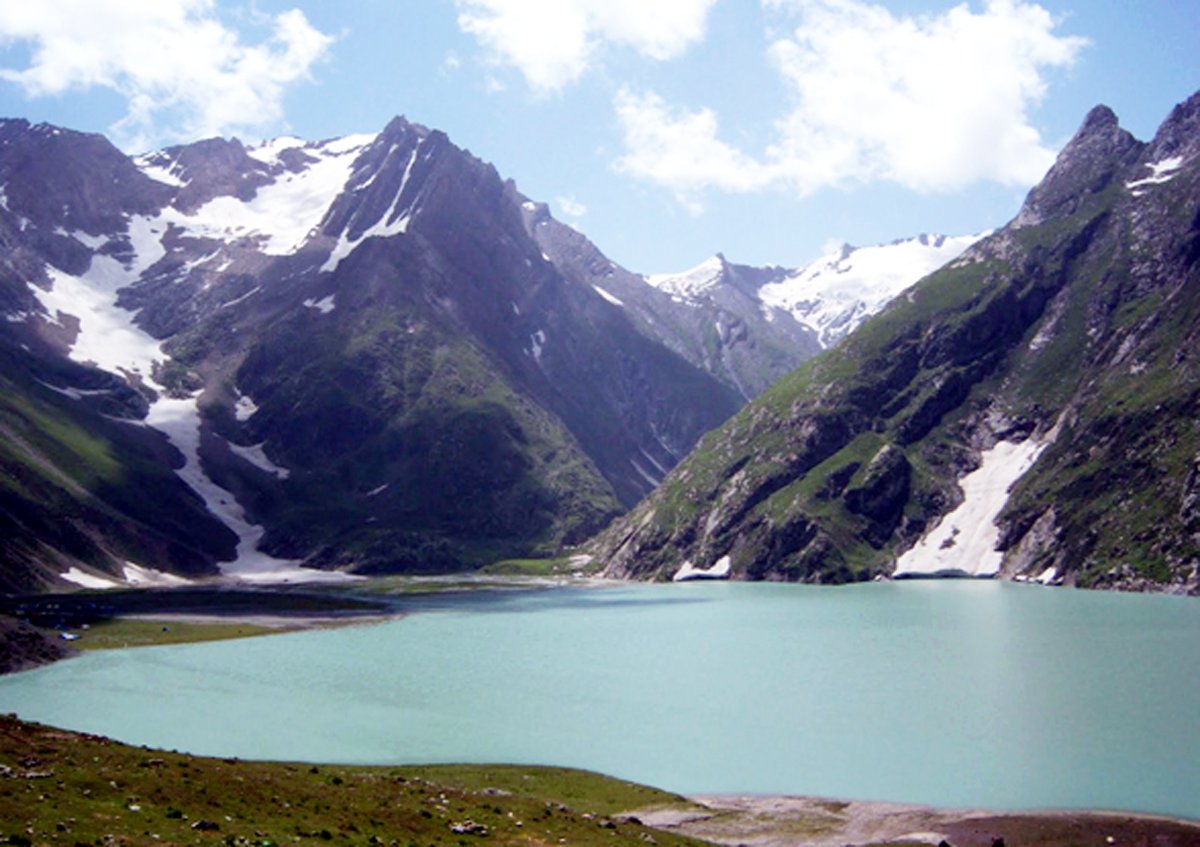
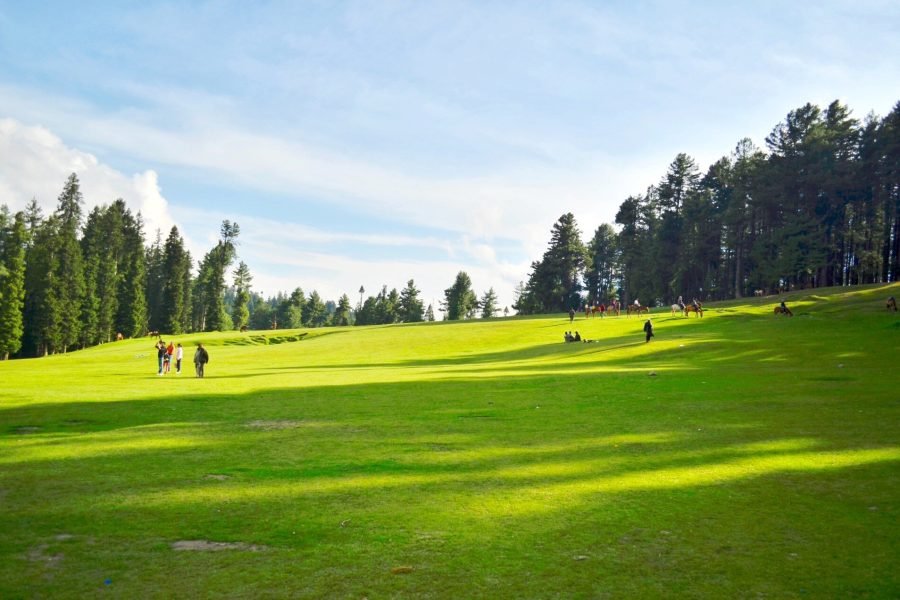
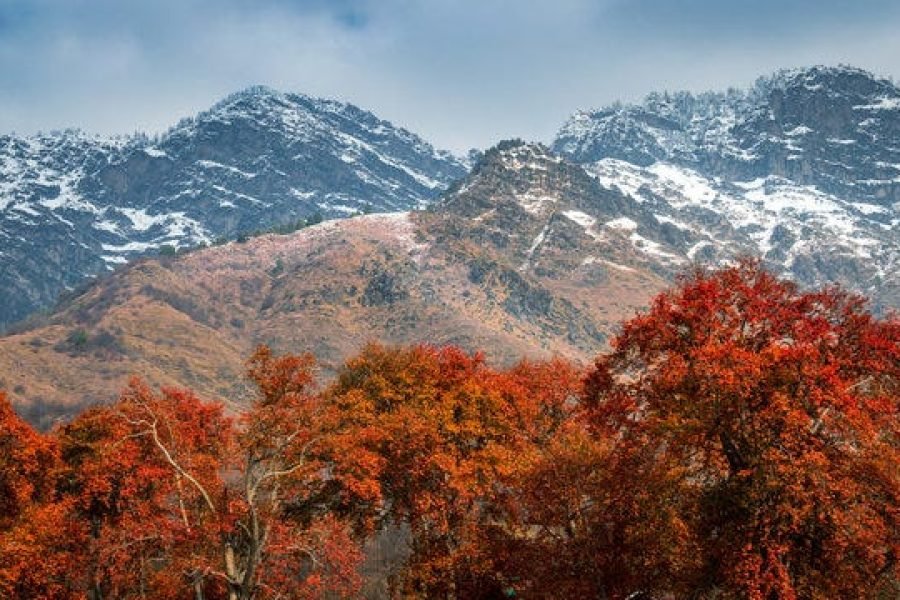
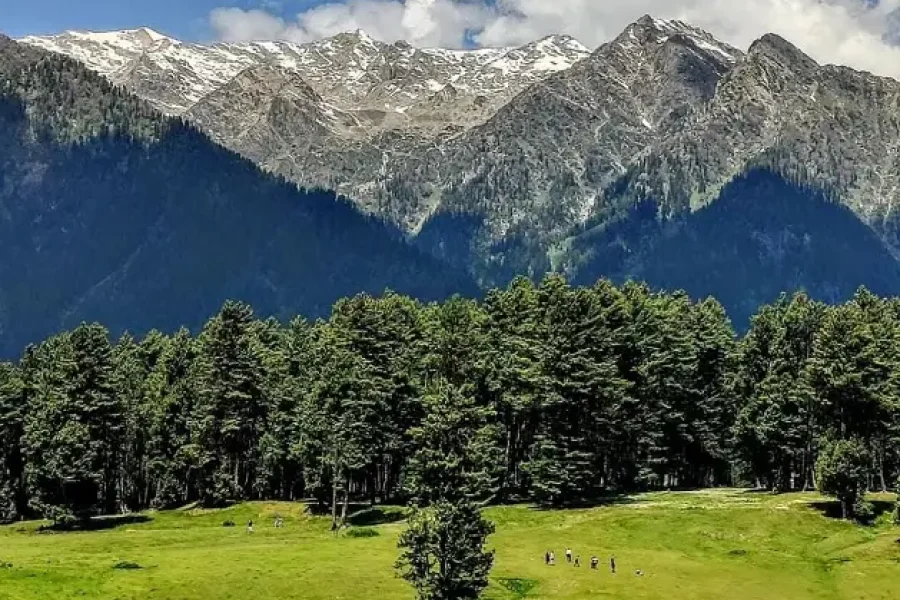
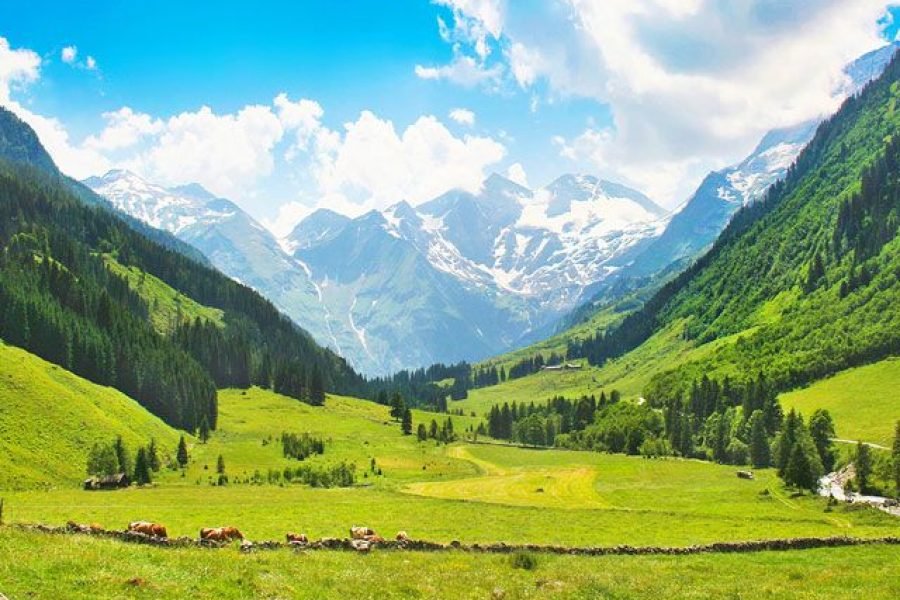
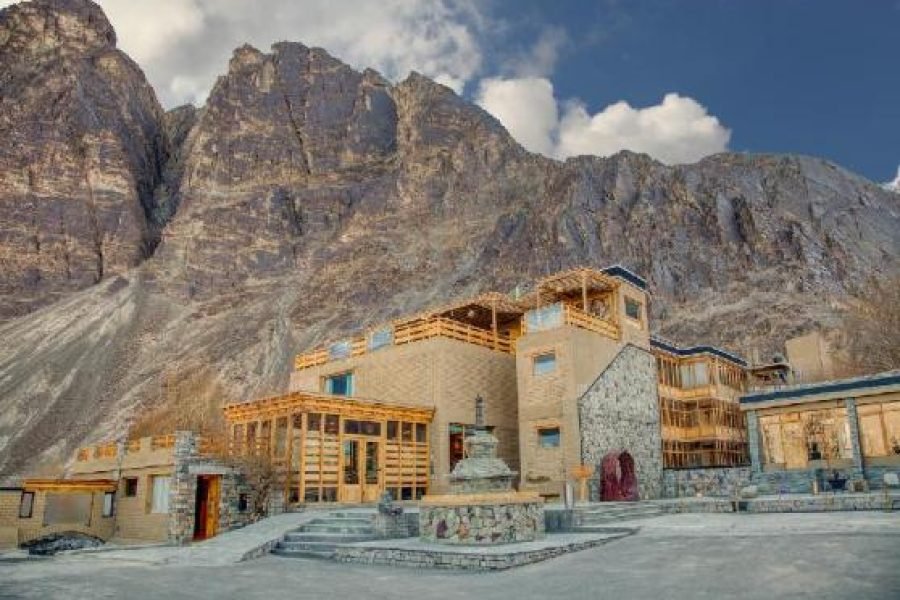

0 Comment